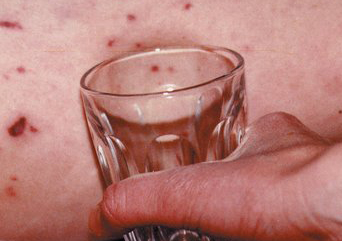For information on Covid-19, see this page.
Paediatric Pathways
![]() Febrile Convulsion Advice Sheet
Febrile Convulsion Advice Sheet
![]() Fever Pathway for remote assessment
Fever Pathway for remote assessment
![]() Fits, faints and funny turns pathway
Fits, faints and funny turns pathway
![]() Primary Care and Community settings pathway
Primary Care and Community settings pathway
![]() Acute Care Rash and Fever pathway
Acute Care Rash and Fever pathway
Advice for professionals
For information on Covid-19, see this page.
![]() Febrile Convulsion Advice Sheet
Febrile Convulsion Advice Sheet
![]() Fever Pathway for remote assessment
Fever Pathway for remote assessment
![]() Fits, faints and funny turns pathway
Fits, faints and funny turns pathway
![]() Primary Care and Community settings pathway
Primary Care and Community settings pathway
![]() Acute Care Rash and Fever pathway
Acute Care Rash and Fever pathway
If your child has any of the following:
Go to the nearest Hospital Emergency (A&E) Department or phone 999
If your child has any of the following:
Please ring your GP surgery or call NHS 111 - dial 111
We recognise that at peak times, access to a health care professional may be delayed. If symptoms persist for 4 hours or more and you have not been able to speak to either a member of staff from your GP practice or to NHS 111 staff, then consider taking them to your nearest Emergency Department
Using the advice below you can provide the care your child needs at home
Most children with a fever do get better very quickly but some children can get worse. You need to regularly check your child during the day and also through the night and follow the advice given below.

Do the ‘glass test’ if your child has a rash. Press a glass tumbler firmly against the rash. If you can see the spots through the glass and they do not fade as you press the glass onto the skin then this is called a ‘non-blanching rash’. If you see this type of rash, whilst this doesn't mean your child is seriously unwell, please seek medical advice immediately. The rash is harder to see on dark skin so check paler areas, such as palms of the hands, soles of the feet and tummy.
(Photo courtesy of the Meningitis Research Foundation 2013)